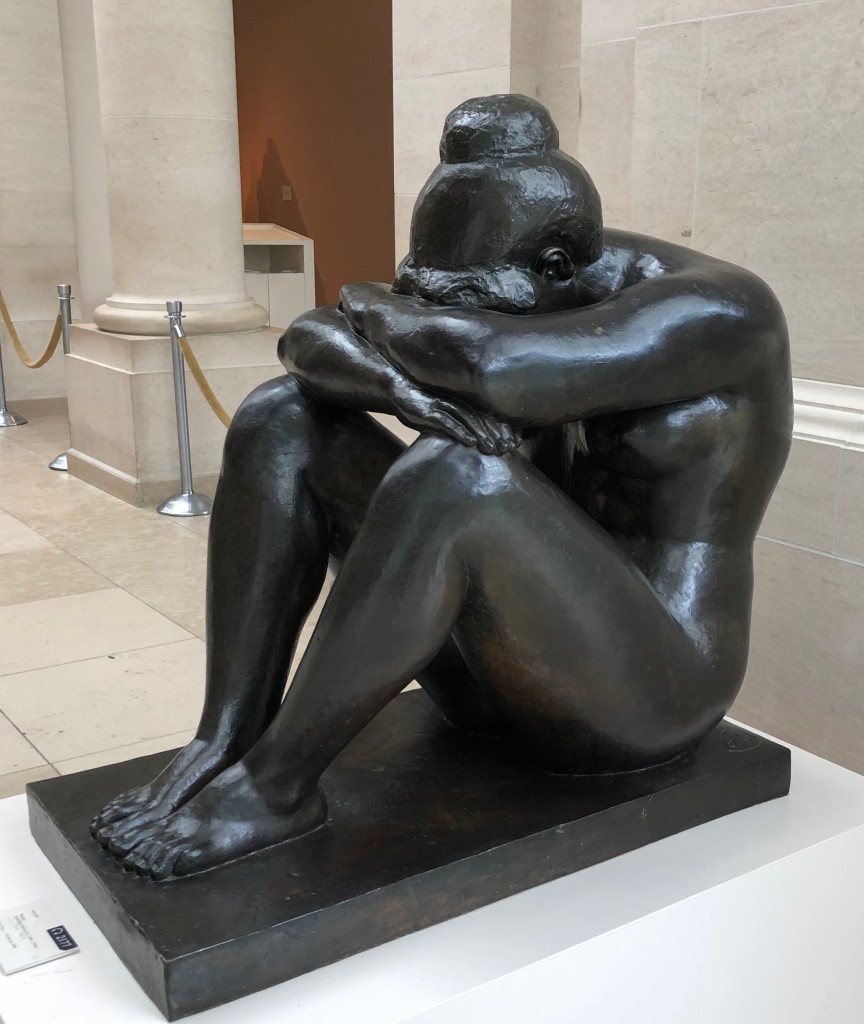Two years in living with incurable cancer and I’m tired. Tired of all of it. But for each thing I’m tired of, I can usually find something to be grateful for. (OK… maybe not for each thing. Like the diarrhea side effect—hard to be grateful for anything in that. TMI? Sorry.)
Note that phrasing—“I can FIND something to be grateful for.” It is often a conscious effort to look for the good. Sometimes it is quite hard to find it and stay focused on it when crappy stuff closes in. I am definitely still in training where this endeavor is concerned. Some days, I can’t get past the “tired of it all” feeling, and honestly, I think most people would understand if I took up residence in that camp permanently. But life is much more positive and enjoyable when I can break through that space and enter a place of gratefulness.
How does it work, this trading “tired of it all” for gratefulness? It goes something like this.

I am tired of feeling tired all the darn time. Profoundly fatigued. But I’m grateful that I have been able to step away from my job so I can rest. I’m grateful for a friend who invites me regularly to walk because, counter-intuitively, exercise helps with the fatigue. I’m grateful for a husband who picks up my slack when I just can’t muster the energy for what must be done.
I am tired of feeling sick—nausea, wooziness, a horrible taste in my mouth, lack of appetite. But I’m grateful for ginger chews that take the edge off nausea. I’m grateful for friends who drop off a meal unexpectedly with food that seems to be just what tastes good at the moment. I’m grateful for shedding some pounds because of my lack of appetite.
I am tired of medicines. Taking pills daily. Getting injections every month. With each new med, comes new side effects. What a drag! But I’m grateful those medicines exist. I’m grateful that new medications are being developed and become available every year or two. And I’m grateful to have good health insurance that makes all those medicines affordable.
I am tired of doctor’s appointments. Every month, venturing to a major cancer center downtown, waiting my turn in a room filled with other women with cancer—some without hair, some using canes and walkers to get around, some frail and sickly looking. A reminder of illness (as if I needed a reminder) and a glimpse of what my future may hold. But I’m grateful for the skillful medical team that treats me. I’m grateful that my oncologist is on the leading edge of metastatic breast cancer treatment and research. I’m grateful for the friendly faces that greet me when I check in each visit.
I am tired of being poked and scanned. Blood work sometimes as often as weekly, scans every few months. Not only do I face the physical discomfort of someone sticking a needle in my arm, I face the emotional stress of wondering what the latest tests will show, particularly this past year in which each scan has shown further trouble. But I’m grateful that these scans and tests exist, so my doctor can see what’s going on inside with this cancer monster and can chart a course to try and kill it. I’m grateful for health staff who can easily find my veins and poke me without me feeling it (especially thankful for Stella, who is a blood-drawing wizard!). And I’m grateful for doctors and physician assistants who deliver news from my scans with compassion when there’s progression, or with excitement when things look good.
I’m tired of being a cancer patient. I hate this part of my identity. It’s not anything I’d wish on my worst enemy. But I’m grateful for everyone who has walked alongside me, who has called to see how I’m doing, texted me to let me know they’re thinking of me, prayed for me, sent notes of encouragement just when I needed them, and listened to me whine or cuss. I’m grateful for friends who also talk about stuff other than cancer, who let me be “normal.” I’m grateful that I’m able to take trips and go out to dinner and enjoy camping get-aways and take in a show or the symphony—and for awhile forget that I have cancer.
I’m tired of this life of disease. I miss my old life and wish I could go back. But I’m grateful for each day I have, for each morning I breathe anew and get to keep moving forward on this journey. I’m grateful that my doctor doesn’t think I’m going anywhere anytime soon. And I’m grateful that each good moment seems that much more good, beautiful, meaningful, amazing, and powerful because of its contrast to the negative moments I face regularly.
Perhaps you have your own “tired of it all” situation? What would it look like if you applied a gratefulness filter, consciously looking for something positive among the negative?



